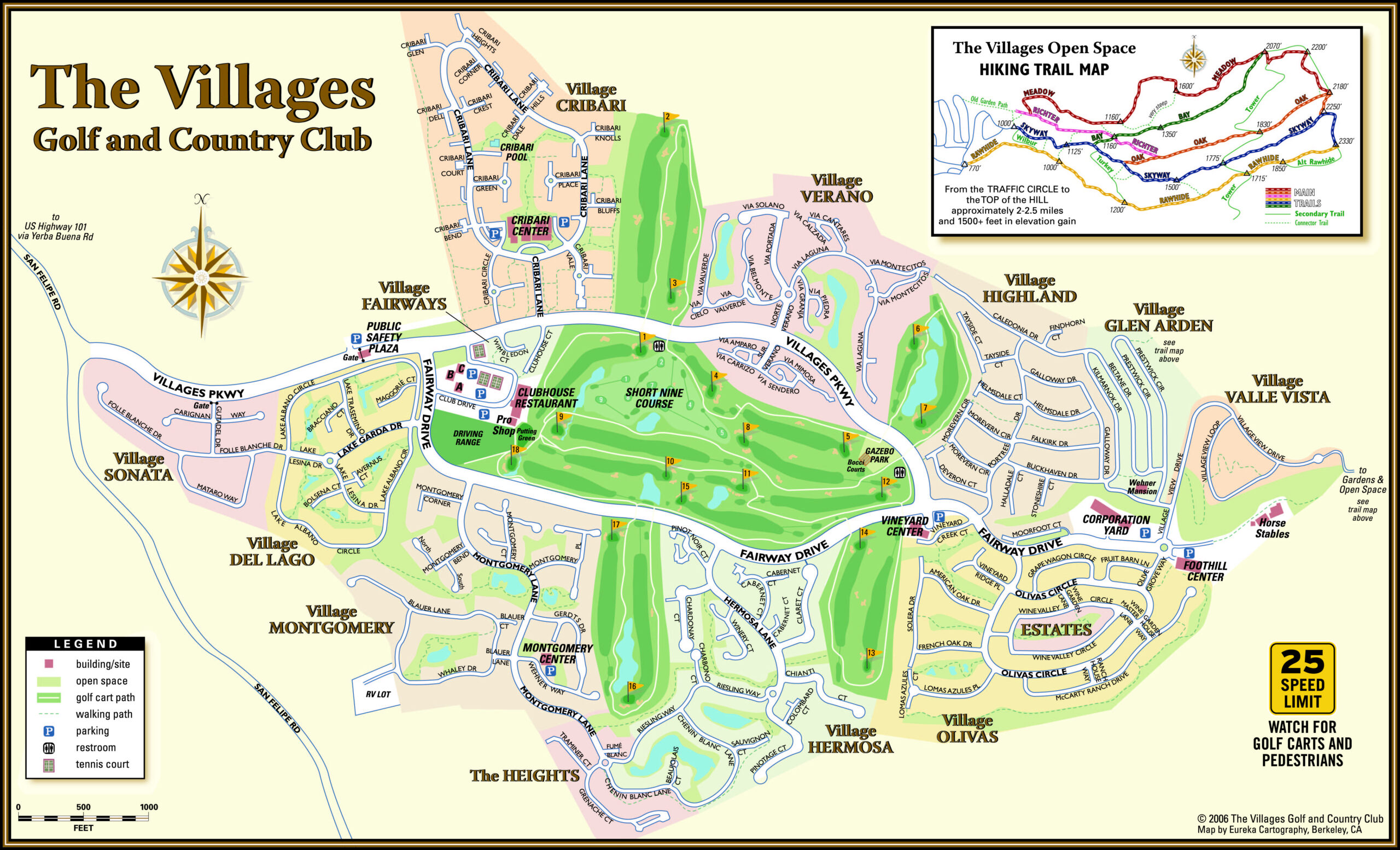Snowbird vacations offer a unique escape, attracting retirees and others seeking warmer climates and vibrant communities. These extended winter getaways often span several months, transforming into a lifestyle choice rather than a simple holiday. This comprehensive guide explores the planning, logistics, and experiences associated with snowbird vacations, from choosing the ideal destination to budgeting and maximizing enjoyment.
From the sun-drenched beaches of Florida to the majestic landscapes of Arizona and beyond, snowbirds flock to diverse locations offering varying climates, activities, and costs of living. Understanding the nuances of each destination is crucial for planning a successful and fulfilling snowbird experience. This guide delves into the practical aspects of planning, such as accommodation, transportation, and budgeting, ensuring a seamless transition into this unique lifestyle.
Budgeting and Finances: Snowbird Vacations
Planning a snowbird vacation requires careful budgeting to ensure a financially comfortable and enjoyable experience. Failing to account for all potential expenses can lead to unexpected financial strain and detract from the overall enjoyment of the trip. A well-structured budget, however, allows for relaxation and enjoyment without the constant worry of overspending.
Creating a Realistic Snowbird Budget
Developing a realistic budget involves meticulously estimating expenses across several key areas. Begin by determining the length of your stay, as this significantly impacts accommodation, transportation, and activity costs. Next, research accommodation options, considering factors like location, amenities, and rental agreements. Factor in transportation costs, including flights, car rentals, or public transportation. Allocate funds for planned activities, such as skiing, golfing, or sightseeing, and remember to include potential unexpected costs.
Finally, and critically, include healthcare expenses; consider travel insurance that covers medical emergencies and potential prescription needs. A detailed spreadsheet or budgeting app can help track and manage these expenses effectively. Remember to build in a buffer for unforeseen circumstances.
Saving Money on Snowbird Vacations
Several strategies can help minimize expenses without compromising the quality of your snowbird experience. Consider traveling during the shoulder seasons (spring and fall) for lower accommodation rates and fewer crowds. Booking flights and accommodations well in advance often secures better deals. Opting for self-catering accommodations, such as vacation rentals with kitchens, can significantly reduce food costs compared to eating out constantly.
Exploring free or low-cost activities, such as hiking, exploring local parks, or visiting free museums, can enhance your experience while saving money. Utilizing public transportation or ride-sharing services instead of renting a car can also reduce expenses, especially in areas with robust public transit systems.
Tax Implications of Extended Stays, Snowbird vacations
Spending an extended period in a different location can have significant tax implications. Understanding the tax laws of both your home state and your snowbird destination is crucial. Factors such as the length of your stay and the nature of your income can determine your tax residency status. Consult a tax professional or refer to the relevant tax authorities in both locations for personalized guidance.
Depending on your circumstances, you may need to file tax returns in multiple jurisdictions. Accurate record-keeping of all expenses is essential for accurate tax filings. Ignoring these implications can lead to penalties and unexpected tax liabilities. Proper planning can help mitigate potential tax burdens.
Average Snowbird Vacation Costs
The following table Artikels average costs associated with different aspects of a snowbird vacation in three popular destinations: Arizona (Tucson), Florida (Naples), and South Carolina (Hilton Head Island). These are estimates and can vary depending on the time of year, specific choices, and personal spending habits.
| Destination | Accommodation (monthly) | Transportation (round trip) | Activities (monthly) | Healthcare (monthly, estimated) | Total Estimated Monthly Cost |
|---|---|---|---|---|---|
| Tucson, AZ | $1500 – $3000 | $500 – $1000 | $500 – $1500 | $200 – $500 | $2700 – $6000 |
| Naples, FL | $2000 – $4000 | $600 – $1200 | $750 – $2000 | $250 – $600 | $3600 – $7800 |
| Hilton Head Island, SC | $1800 – $3500 | $400 – $800 | $600 – $1800 | $200 – $500 | $3000 – $6600 |
Embarking on a snowbird vacation requires careful planning and consideration, but the rewards are immeasurable. From the enriching social interactions within snowbird communities to the exploration of new cultures and landscapes, the experience offers a blend of relaxation, adventure, and a unique opportunity to redefine seasonal living. Whether you’re a seasoned snowbird or a first-timer, this guide provides the essential knowledge to plan a memorable and enriching experience.
Finish your research with information from living in medford oregon.



